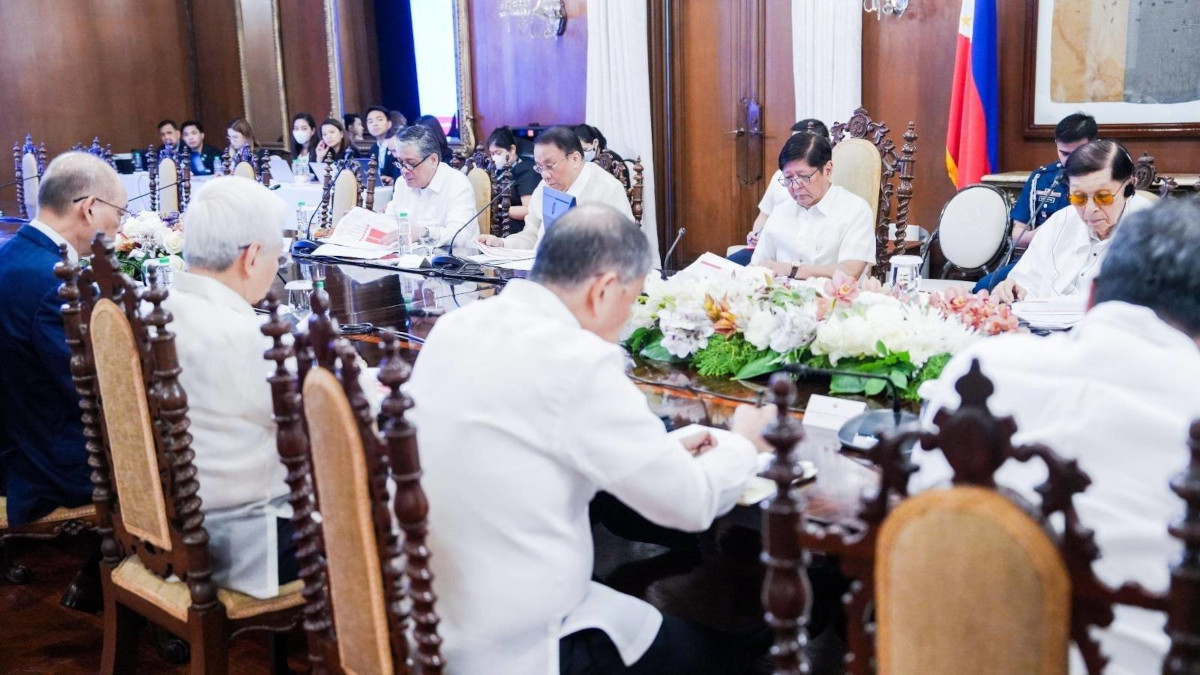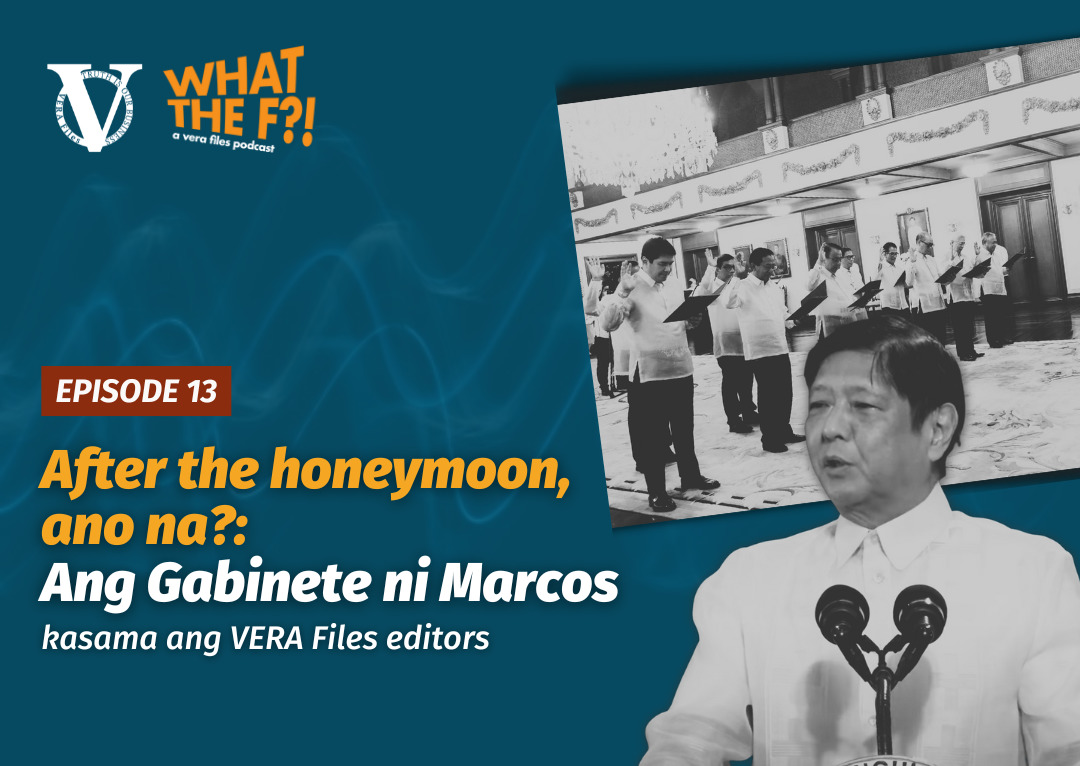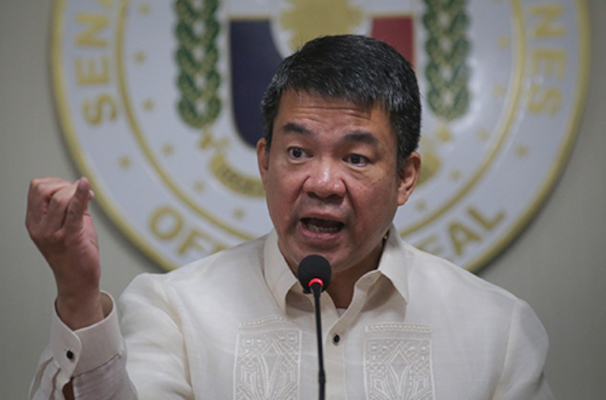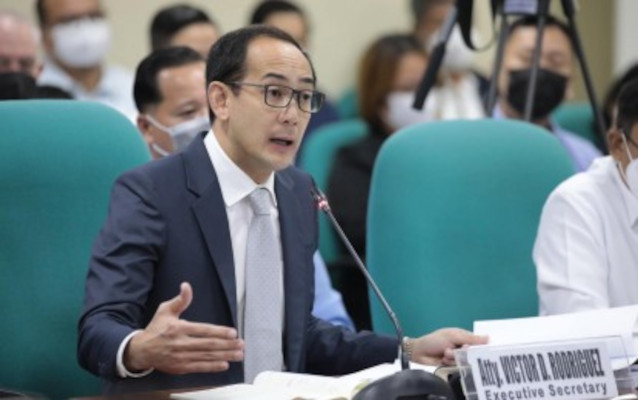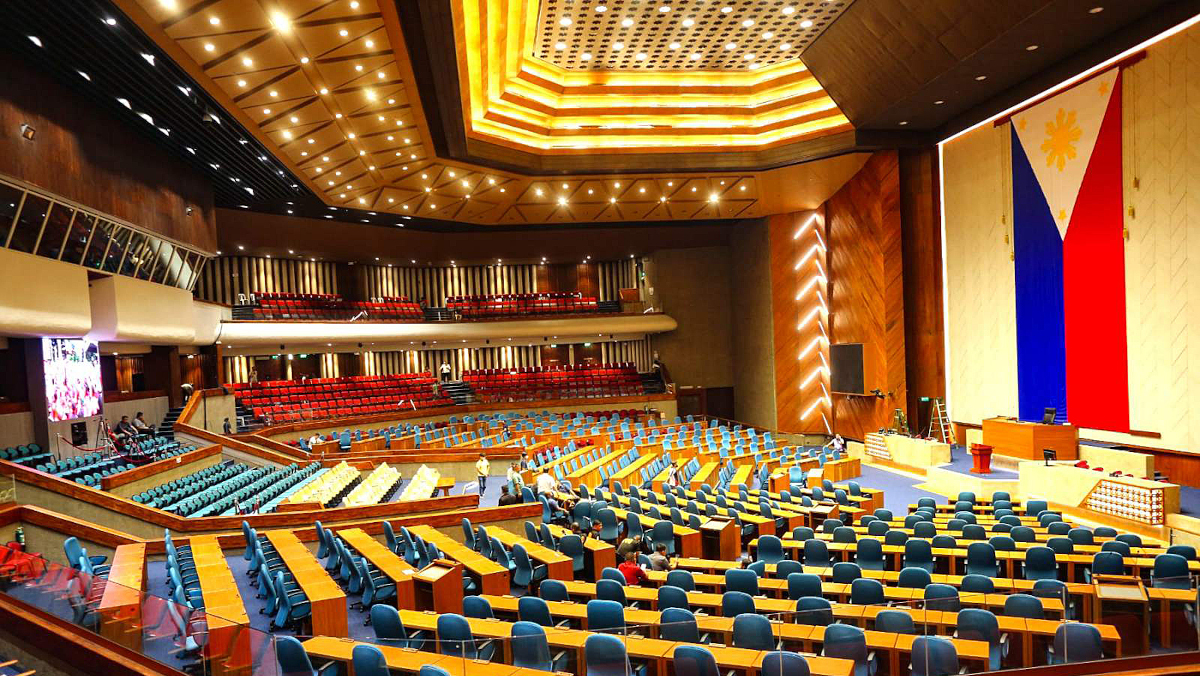President Ferdinand Marcos Jr. earned praise even from some skeptics for assembling an economic team with impressive credentials. He bragged about it on his 100th day in the presidency in October, saying that being able to “find the best and brightest to help and to serve in government” was one of his accomplishments.
Indeed, Marcos’ economic team is composed of seasoned and competent technocrats: Finance Secretary Benjamin Diokno, Bangko Sentral Governor Felipe Medalla, Budget Secretary Amenah Pangandaman, Socioeconomic Planning Secretary Arsenio Balisacan and Trade Secretary Alfredo Pascual.
Most of them come from the University of the Philippines’ prestigious School of Economics (UPSE).
Diokno is a longtime professor and served previously as Bangko Sentral governor and Budget secretary under the Estrada and Duterte administrations. He was Budget undersecretary during the Corazon Aquino presidency.
During the Estrada presidency, Medalla, also a UPSE professor, occupied the post currently held by Balisacan, who was in the same position from May 2012 to January 2016 under the administration of Benigno Aquino III.
Medalla, who served the remaining term of Diokno as BSP governor, was replaced early this month by Eli Remolona, whose impressive career includes a 14-year tenure at the Federal Reserve Bank of New York, and 19 years at the Bank for International Settlements.
Pascual was a former president of UP. He was president of the influential Management Association of the Philippines and worked at the Asian Development Bank for 19 years in various positions, including director of private sector operations, director of infrastructure finance, and advisor for public-private partnerships.
Pangandaman is the only non-UP graduate on the team. An economics graduate of the Far Eastern University, Pangandaman was chief of staff to then-senator Edgardo Angara and worked with Sen. Loren Legarda, who chaired the finance committee.
Marcos’ first choice to head the Bureau of Internal Revenue was a good one. But Lilia Guillermo’s stint as BIR commissioner lasted only four months. She was replaced in November 2022 by her deputy, lawyer Romeo Lumagui Jr., whose wife, Carmela Esquivas-Lumagui, was part of first lady Liza Araneta-Marcos’ law firms, M & Associates in 2019 and MOST Law in 2015.
Guillermo would have been one of the administration’s “best and brightest.” A career service executive, she served as BIR deputy commissioner, assistant governor and chief information officer of the BSP, and undersecretary at the Department of Budget and Management, with a strong background in information technology. She was named “one of the most powerful women in IT in the Philippines” in 2003.
Some speculated that Guillermo did not fit in because of her statement prior to assuming the BIR top post. She said in June 2022 that the tax bureau would collect the Marcoses’ estate taxes as long as she had the correct figures.
Susan “Toots” Ople is also a good choice as secretary of the newly formed Department of Migrant Workers. She has long been an advocate of migrant workers’ rights and served as an undersecretary of the Department of Labor and Employment from 2004 to 2009.
The return of Gilbert “Gibo” Teodoro Jr., who lost in the 2010 presidential election and in the 2022 Senate elections, as Defense secretary is also widely welcomed.
These appointments reflect the importance that Marcos has for the economy, OFWs, and national security.
But the “best and brightest” qualification for the Cabinet seemingly did not apply in the choice of lawyer Lorenzo “Larry” Gadon as presidential adviser on poverty alleviation. This was despite Marcos’ commitment in his first State of the Nation Address (SONA) in July last year that his administration would bring down poverty to 9% by the end of his six-year term and take the Philippines to “upper-middle income status by 2024.”
Can you imagine how the foul-mouthed Gadon will blend in with the “best and brightest” members in serious discussions during Cabinet meetings? What can he contribute to achieving the economic team’s eight-point agenda for recovery?
Well, let’s hope that Marcos will not hesitate to allow misfits in his Cabinet to have a graceful exit, just as he did when his first executive secretary, Vic Rodriguez, and first press secretary, Trixie Cruz-Angeles, got embroiled in controversies.
Perhaps it’s about time to allow the 99-year-old Juan Ponce Enrile to retire as chief legal counsel. By appointing Enrile in his Cabinet, Marcos had already shown that he had forgiven his father’s Defense minister for leading the 1986 revolution that led to the Marcos family’s exile to Hawaii.
Even if film director Paul Soriano’s position as presidential adviser for creative communications is a one-peso a year job, it would be a disservice to the government and the public if speculations about his interference in projects of agencies are true. And why would Marcos need an adviser of creative communications when he promises to adhere to the principles of transparency and accountability?
Indeed, there are hits and misses with appointments in any organization. This is just the first year of the Marcos administration. Now that the one-year ban on appointing defeated candidates in the previous election is over, the president should still apply the “best and brightest” criteria more than personal loyalty and popularity, er, notoriety, in choosing people to serve in government.
The views in this column are those of the author and do not necessarily reflect the views of VERA Files.
This column also appeared in The Manila Times.
